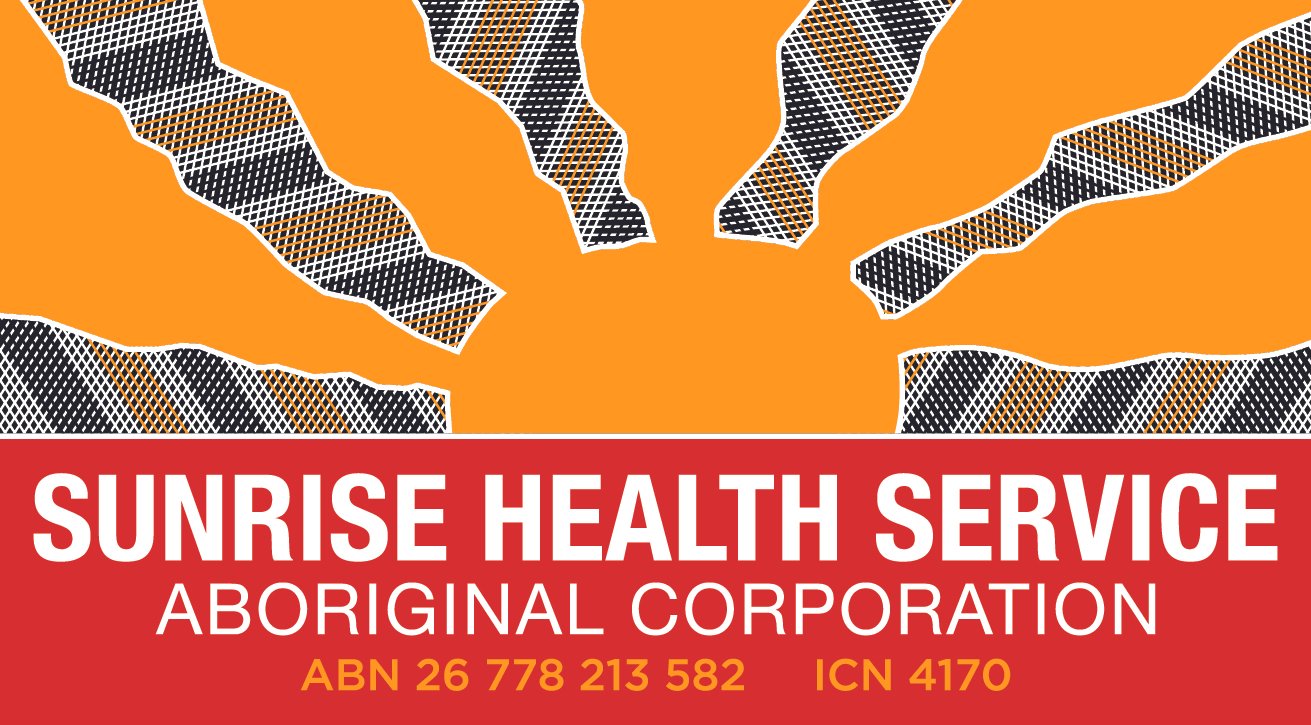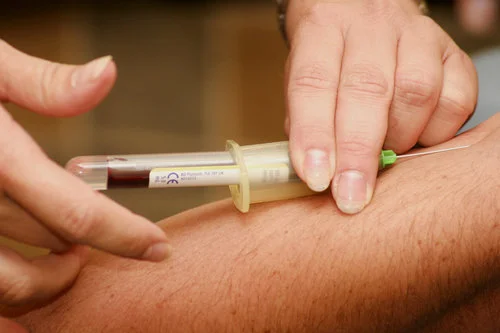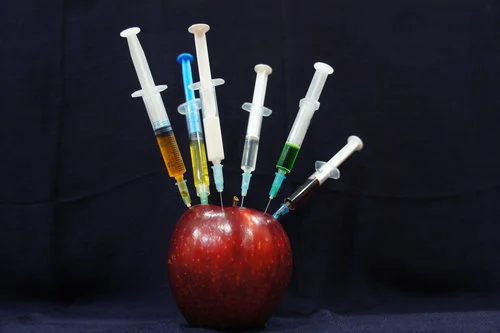We are proud to report that we are still delivering 5 out of 13 National Health Implementation Plan 2023 targets, despite COVID-19, and are consistently delivering above Territory and National averages in Key Performance Indicators as well as the Implementation Plan targets.
Key to measuring health status is robust data collection and data analysis and Sunrise Health Service has invested heavily in modifying our Communicare patient data system to capture data that allows us to track our progress on performance indicators as well as inform discussion on NDIS and other new health initiatives.
Apart from Primary Health Care, our teams work consistently in key prevention areas such as men’s, women’s & maternal health, child health, alcohol and other drugs (including tobacco), social and emotional wellbeing, sexual health and blood borne viruses, NDIS, integrated team care, chronic health, nutrition, physical activity and physiotherapy, environmental health and eye health.















